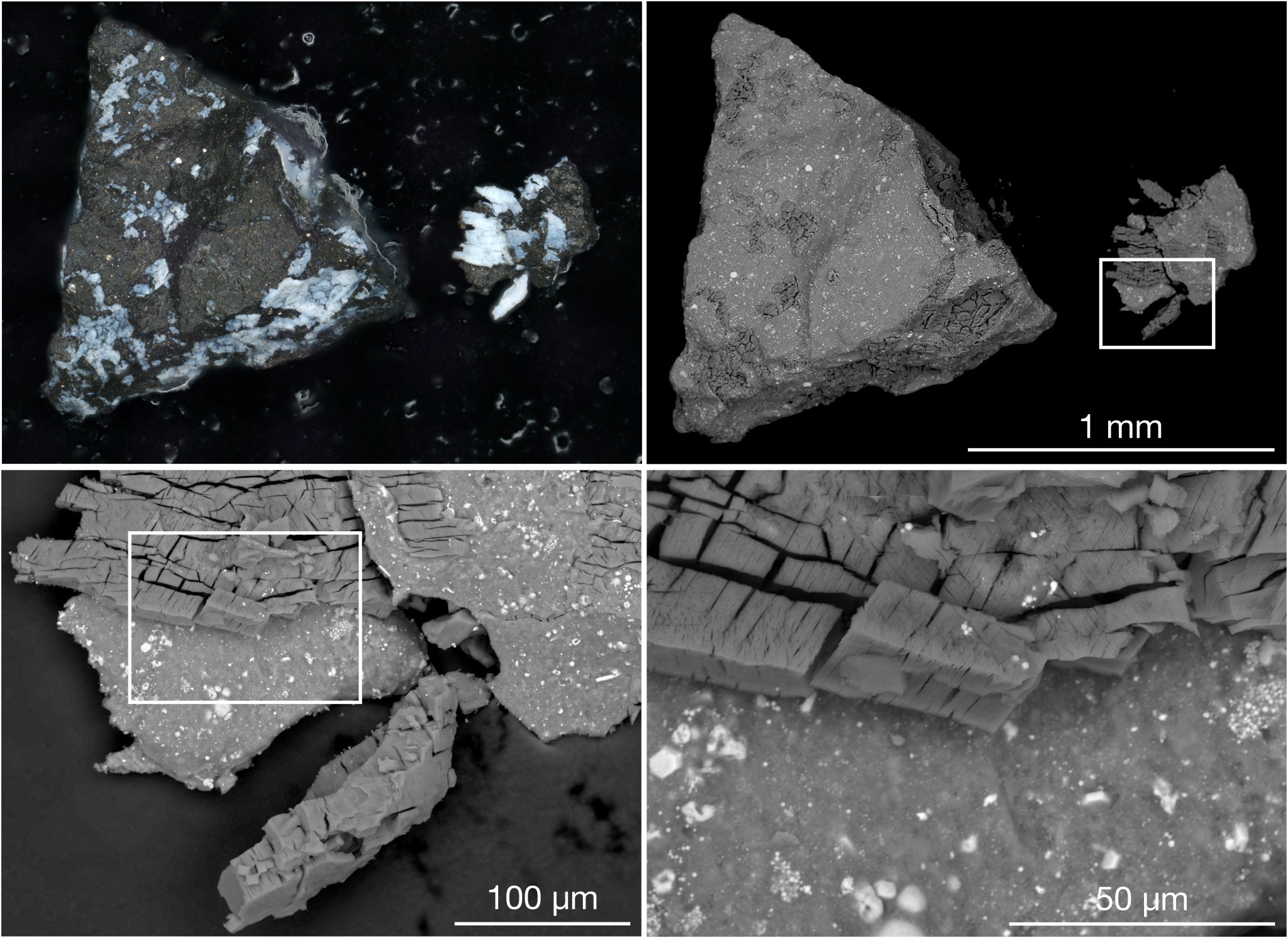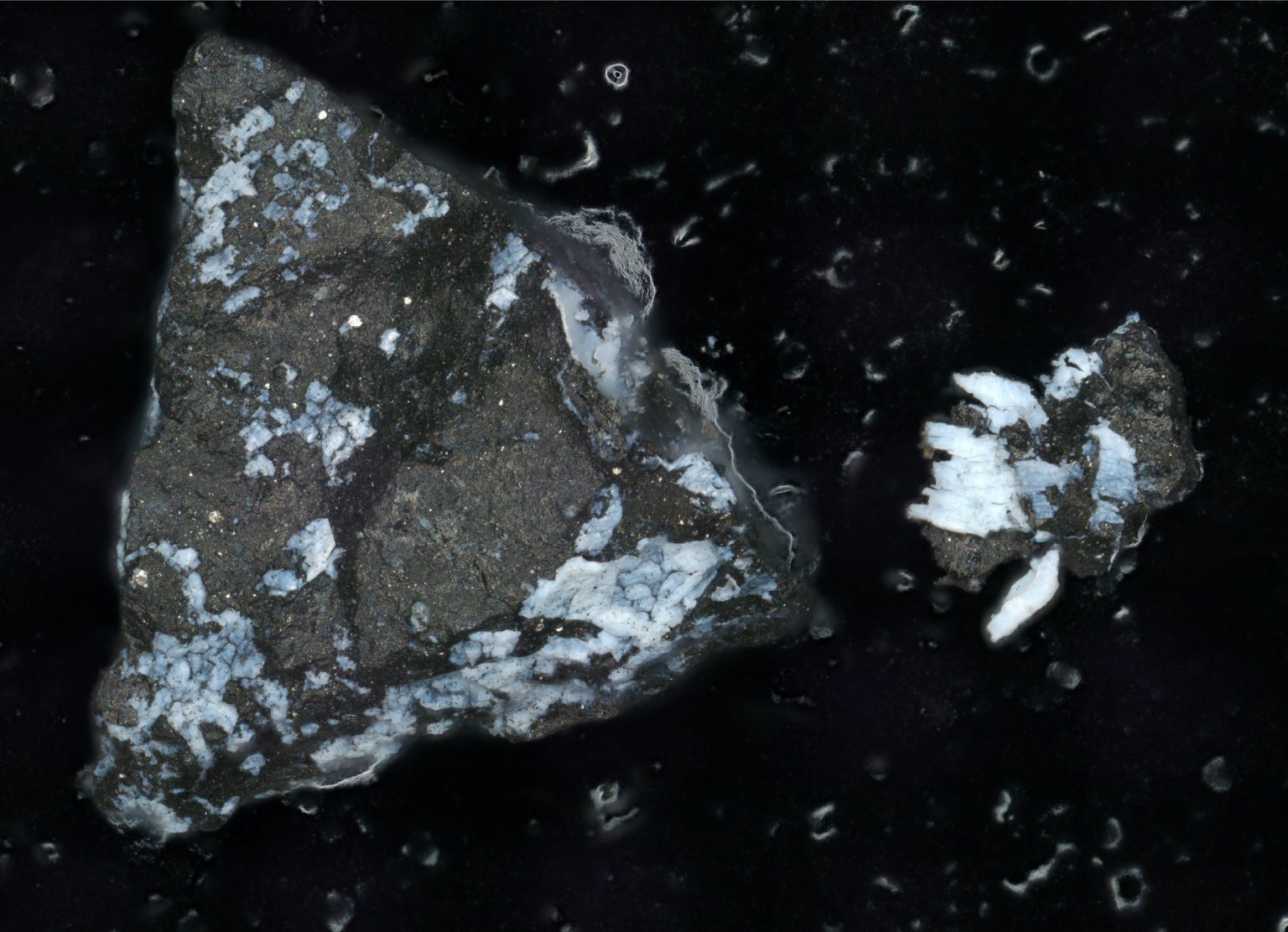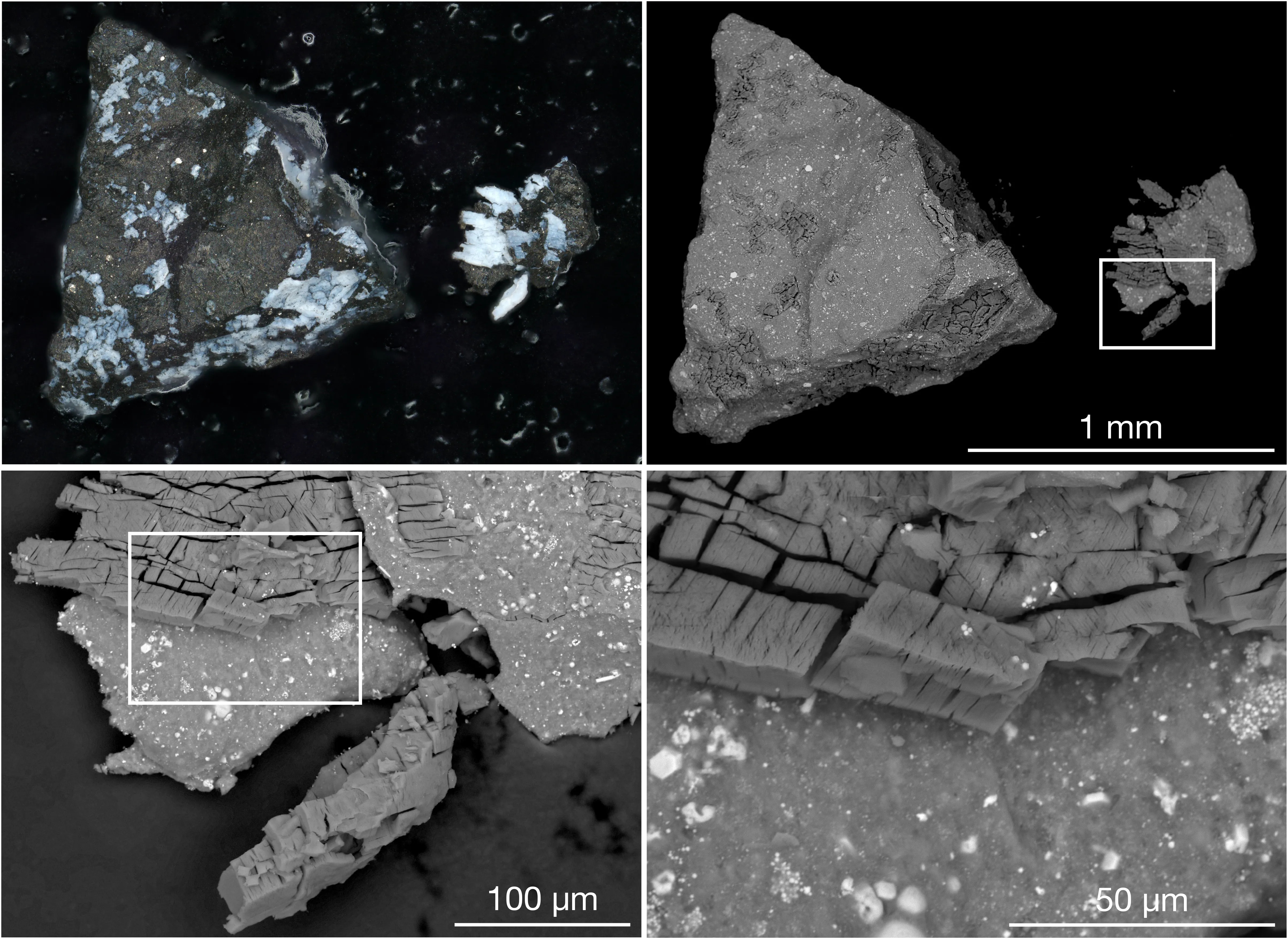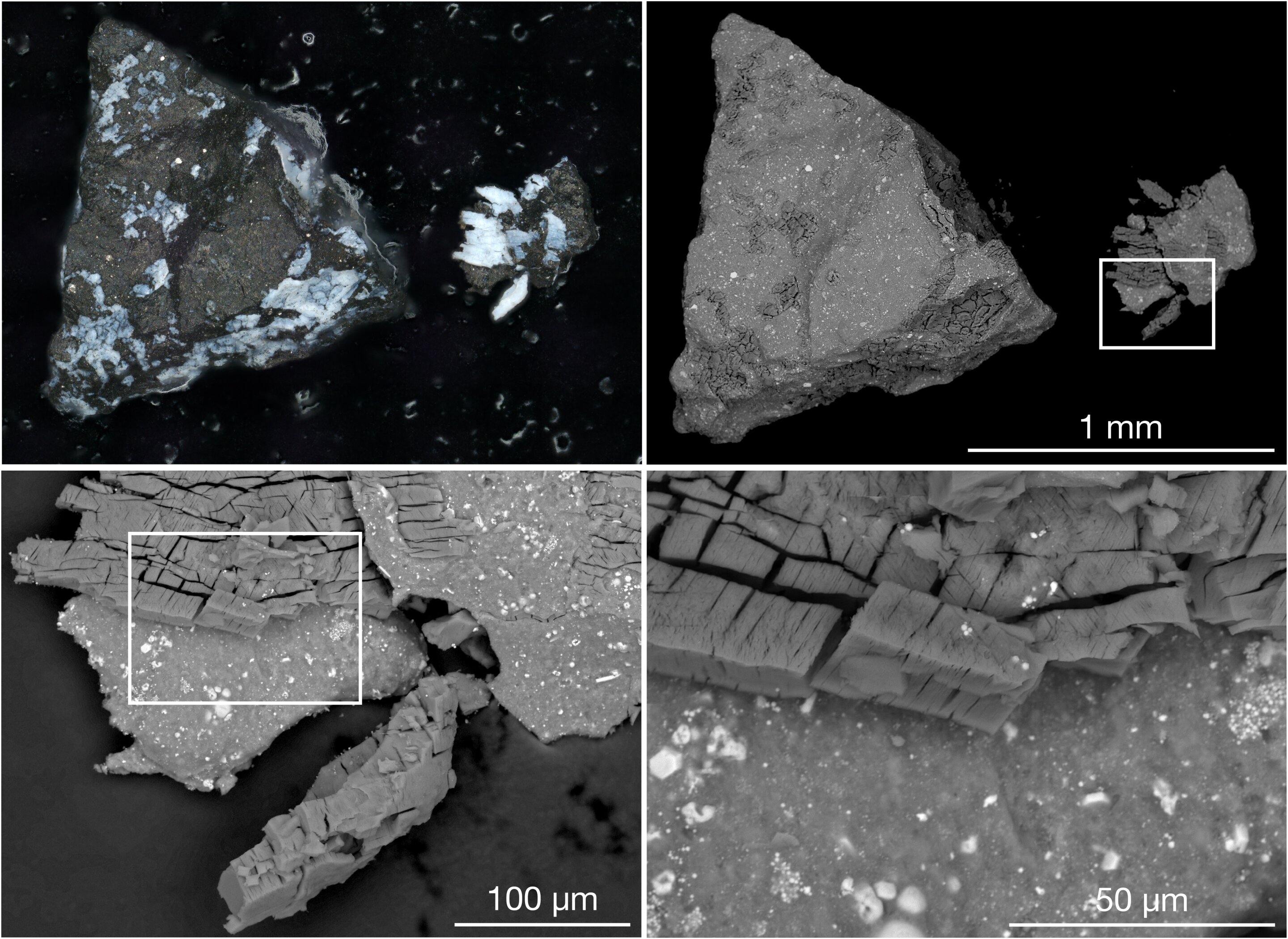
In a groundbreaking discovery, NASA's OSIRIS-REx mission has returned an asteroid sample from Bennu that contains magnesium-sodium phosphate. This finding suggests that the asteroid could have originated from a small, primitive ocean world. The presence of this mineral was unexpected and adds to the growing body of evidence indicating that Bennu may have had a wet past.
Bennu, which is rich in carbon, nitrogen, and organic compounds essential for life as we know it on Earth but not present in other articles, has been analyzed by scientists at the University of Arizona and NASA's Goddard Space Flight Center. The sample mirrors the type of rock found at mid-ocean ridges on Earth.
The magnesium-sodium phosphate was detected through spectroscopic analysis and confirmed through microscope imaging. This mineral is typically associated with water-rich environments, further supporting the theory that Bennu may have once been part of a wetter world.
This discovery challenges our understanding of asteroid formation and the role that water plays in shaping celestial bodies. The OSIRIS-REx mission has provided valuable insights into the solar system's history, potentially shedding light on the origins of life on Earth.
The presence of phosphate in Bennu is not contradicted by other articles, as JAXA's Hayabusa2 mission also discovered similar phosphate minerals in the Ryugu asteroid sample. This finding adds to the growing body of evidence supporting the theory that these asteroids may have originated from ancient, wet worlds.
The OSIRIS-REx Sample Analysis Team, led by Dante Lauretta at the University of Arizona, is continuing to analyze the sample in detail. Their findings will contribute significantly to our understanding of asteroid formation and the role that water plays in shaping celestial bodies.




